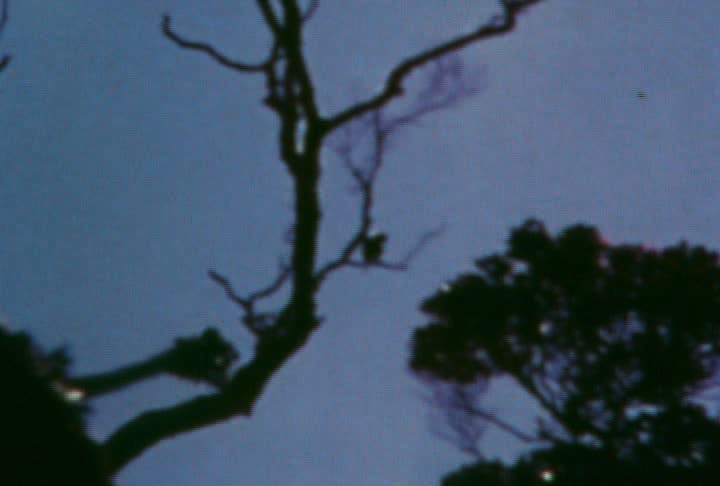"From sea level to the highest mountains," the Kaua'i'o'o once thrived on Hawaii's oldest island, Kauai.
"It is known for being one of the best singers of Hawaiian birds, with a variable melody that echoes," recalls the US Fish and Wildlife Service. But like many unfortunate island species, the beloved bird was doomed to extinction.
It loved to sing. Its "impromptu" flirtatious calls sounded like flutes among the trees. Both males and females courted and the marriage that followed a beautiful duet, like a conversation, was for life.
When biologist Jim Jacobi recorded this sound in 1986, he never thought he would be recording the sad song of the last Kaua'i'o'o. Preserved and available on the Internet, the disconcerting song, which waited endlessly for a duet, was never answered - there were no more females.

In order for everyone to hear the desperate call one last time, Jacobi rewound the tape there, in the middle of the forest, and played the whistle for the whole team. The last Kaua'i'o'o, who had already gone on his way, returned, curious, in the hope that he had finally found his companion. He was last seen in 1987.
Rumors of a Kaua'i'o'o couple living on the island in 1981 still gave hope to the species, but two hurricanes almost in succession caused the female that the little bird had called in vain to disappear.
Valuable feathers and a depleted habitat
It was only last year, almost 40 years later, that the species was officially declared extinct, having finally been removed from the Endangered Species List by the US Fish and Wildlife Service. "If the bird exists, it is now restricted to very remote areas where humans rarely enter," explains the institute.
The species had already been reported extinct in the 1940s, but was rediscovered by biologist John l. Sincock, who recorded the only video of the Hawaiian bird with a Super 8 in the 1970s.

Island species are particularly vulnerable to extinction, as they often exist nowhere else in the world. But the biggest problems began with the arrival of the first Europeans in the 18th century.
Black with yellow feathers and eyes, little more than 20 centimeters long, the Kaua'i'o'o had white streaks on its throat and chest, noticeable in females. Some had fascinating golden feathers, prominent in their Maui cousin, moloka'i'o'o, which may have been used as valuable currency in 18th century North America.
It fell victim to habitat depletion, particularly intensive sugar cane exploitation, and later to diseases such as bird flu and malaria and predation by invasive species introduced by humans. Within the o'o genus, the Kaua'i'o'o was the last to disappear, taking refuge in the highest areas of the island.
"Federal protection came too late to reverse the decline of these species and is a reminder of the importance of conserving endangered species before it's too late," said the director of the Fish and Wildlife Service, Martha Williams, in a statement quoted by Mashable.3.5 billion years of evolution have placed the last Kaua'i'o'o alone to sing a song silenced for all time.







